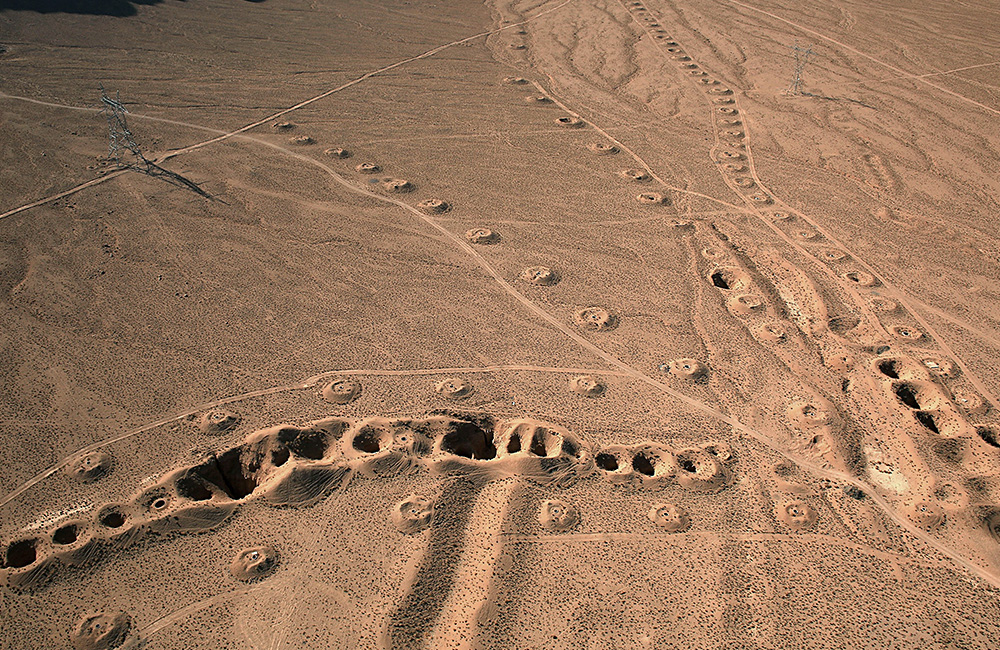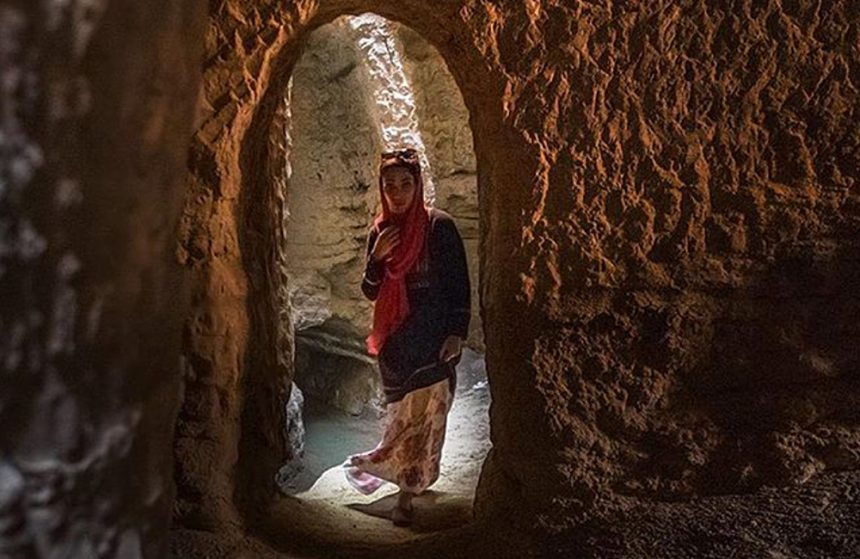Almost all visitors, travelers, tourists and enthusiasts of Iran and the Persian culture have heard the term ‘qanat’ before; don’t worry if you haven’t, we’re about to tell you about the oldest and biggest one, Zarch Qanat.
Tread deep into the undergrounds of the ancient aqueduct’s final destination in the small town of Zarch, just north of Yazd, Iran. It is here, where tourists can be a witness to the ancient Persian technology that revolutionized desert-dwelling and the development of the area’s civilization.
Definitely don’t miss out on seeing a qanat on your travel to Iran. Come along with goingIRAN to see and learn more about this multi-millennia-old Persian technology!

Qanat of Zarch Flowing Through Time
Dating back to the pre-Islamic Era of ~3,000 years ago Iran, the Zarch Qanat is the oldest one in the world! Not only giving birth to the ancient method of supplying water to arid regions, it also made way for the antiquated city we read about and see today.
The Zarch Qanat is the life-giving artery of Zarch City in Yazd. It was this qanat that made the area habitable by providing the desert-crucial element of water to the people and farmers.
The account of this city goes even beyond history books, with numerous references in old Persian epics and myths. Poets have even written about drinking the fresh and cool water flowing-in, over a millennia ago!
It goes without saying that qanats, a Persian invention, were an integral part of ancient Persian culture and civilization. Later spreading beyond Iran to neighboring countries such as Afghanistan westward to Egypt, qanats are still used in many arid desert-climate countries.
As of the 40th session of the UNESCO Committee held in Istanbul, Turkey 2016, the Zarch Qanat was registered as an official UNESCO World Heritage Site. It is now one of the eleven Persian Qanats registered!

Features Dwelling at the Zarch Qanat
Beginning in Iran, qanats have been used for thousands of years to provide water to arid desert landscape all over the world. They cleverly utilize underground water reservoirs of water from the mountains and channel them via steadily sloping canals.
Being incredibly advanced for their time, these systems still provide water to many regions without the use of a single hydraulic pump or electrical technology.
This time-old underground water system has many eye-catching and distinguishing features buried within in it. (Puns are deeply intended at goingIRAN)
Spanning an enormous 71 kilometers from its destination, the Zarch Qanat is one of the largest of its kind. From start to finish, a jaw dropping 2115 sub-channels (pipes) stem from this epic qanat. With all of its branches its total reach spans over 80 kilomters!
The canal begins at around the Fehraj Village, flowing through Khouidak, Dahnu and Akramieh villages reaching Yazd. Throughout Yazd City, it supplies different locations, passing through Amir Chaqmaq Square and The Jameh Mosque before exiting the city to reach its final destination, Zarch.
One of the aspects that separates Zarch Qanat from the others are its square-shaped cross sections. This style of canal design dates back to pre-Islamic Zoroastrian architectural style, versus the oval or circular shapes of post-Islam.
Its mother-well reaches a depth of 85 meters, making not the only the oldest, but the longest qanat in Iran. It breaks off into three main passages that go by the names of Shur (salty), Shirin (sweet) and Ebrahim Khudaki. Despite two of these three being dried-up, the ‘Shur’ is still being used to this day!
Bringing in an impressive 25 liters of water per second, the Zarch Qanat currently supplies water to over 800 farming families. In terms of production, this amounts to an amazing 25 hectares of sub-orchard branching supplying a whopping 400 hectares of planting area.
That being said, if you’ve been enjoying any pomegranates, grapes, figs, apples, peaches or pistachios in Zarch City, now you have this ancient qanat to thank! It’s no wonder why the ancient Persians have been dubbed as ‘masters of hydraulic engineering’ by so many.
Reaching the Qanat
Located in the small town of Zarch, the qanat well open to the public is about 60 kilometers north of Yazd City. Travelers can expect to pay a 150,000 IRR entrance fee to check out the antiquated aqueduct system.
| Befor Travel To Iran Read This Articles
how you can use Credit Card in Iran
Everything About Internet access in Iran


